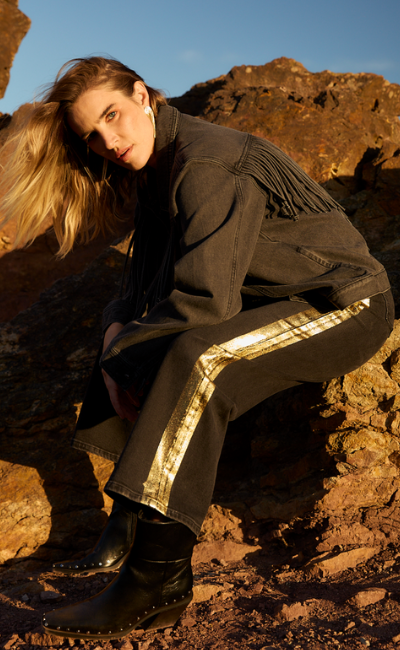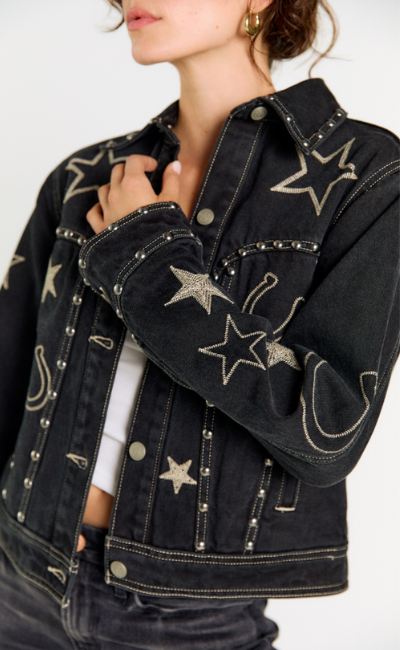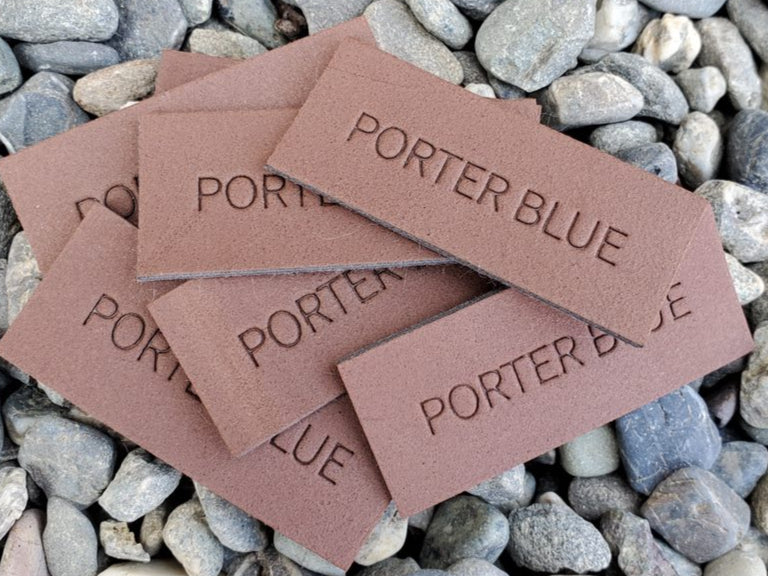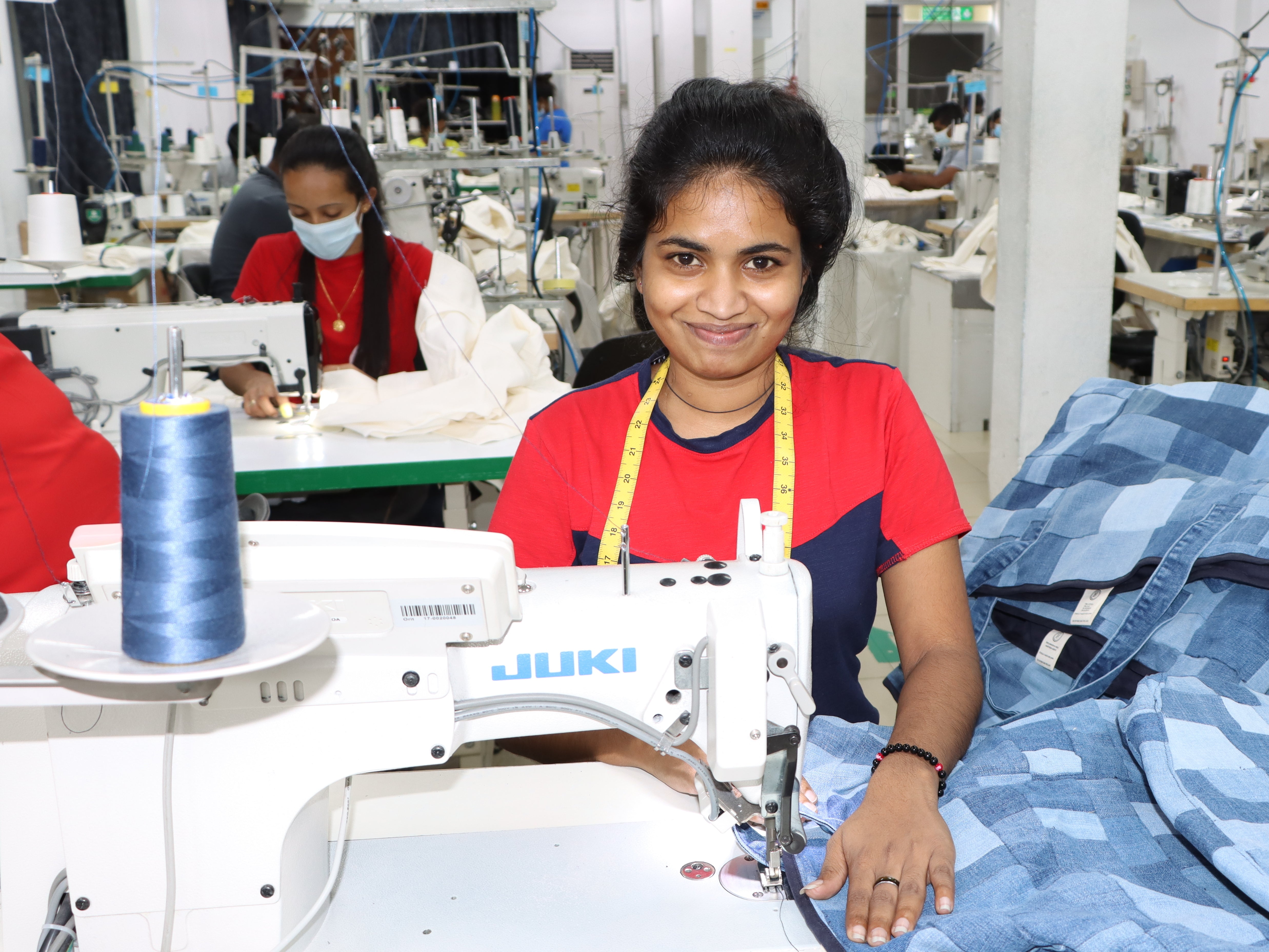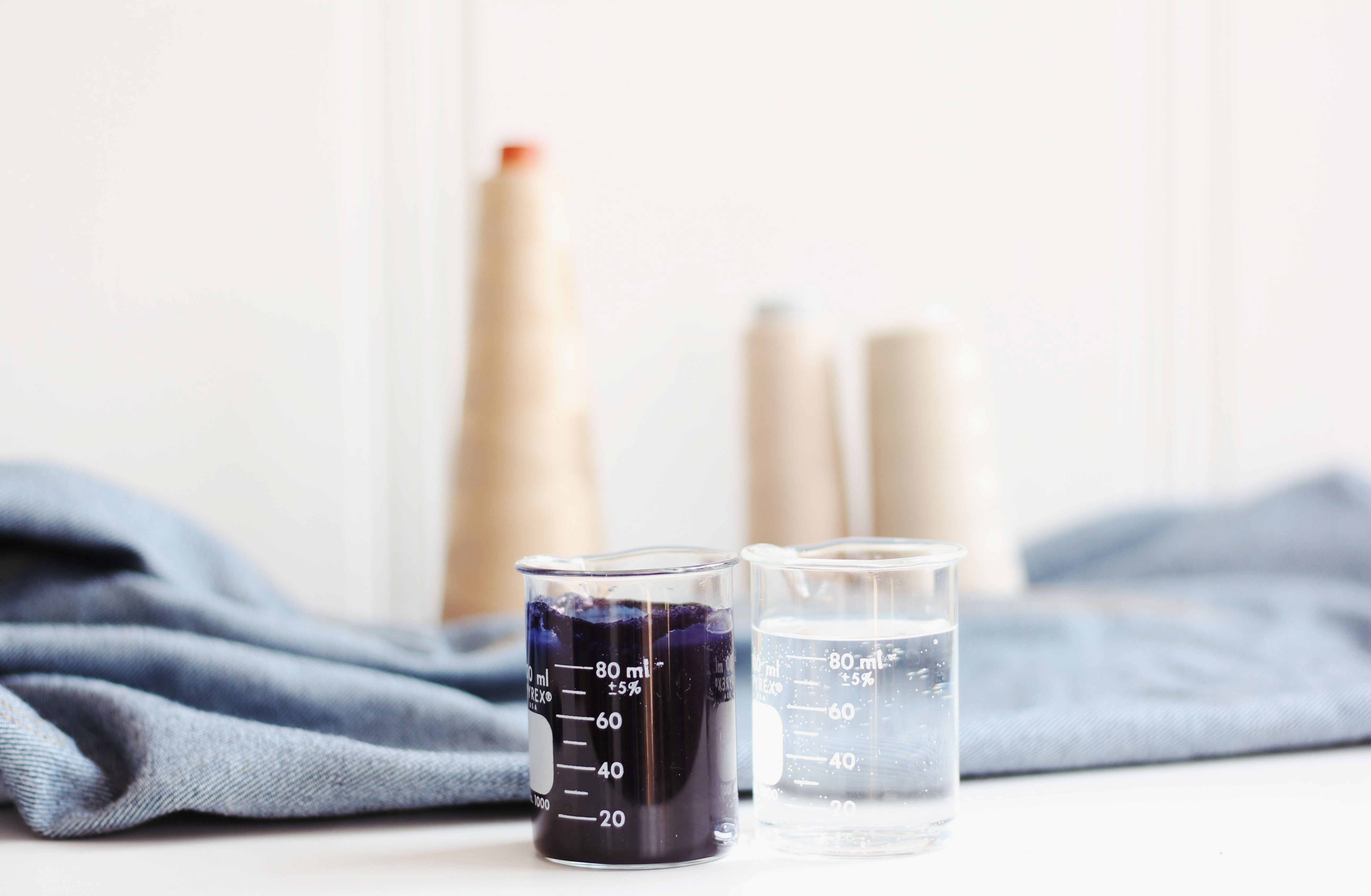
Eco-Conscious Processes
Historically, denim production has been a pretty destructive process for the environment. As a veteran of the industry, having traveled through production facilities across the globe, we set out to ensure we were focused on creating a better product while focusing on ethical manufacturing processes.
Every style we design goes through Jeanologia’s EIM (Environmental Impact Measurement)
and gets scored based on the calculations of environmental impact of four categories. These
categories are as followed: water consumption, energy consumption, chemicals, impact on
workers’ health.
From material selection to the packaging we ship your jeans in (and even where we ship from), we always seek to lowest impact on our beautiful earth.
ZDHC
As of 2020, our factory—based in Sri Lanka—has accomplished Zero Discharge of Hazardous
Chemicals. This means there are no solvents, no PVC, no APEO, no PFCS or AZO being
emitted from our factory. It is 100% ZDHC certified. Read more about ZDHC here.
FOAM DYEING
Traditional liquid dye requires yarn (that is eventually woven into denim fabric) to be pulled
through dozens of large vats, filled with 2,000 liters of liquid dye and water. These threads
typically have to go through this exposure process several times to absorb the dye properly.
Instead of using these massive vats of liquid dye, we use foam dye. The yarn in this process is passed through three sealed, nitrogen-filled chambers, where it is sprayed with with foam-
infused dye. This foam dyeing process uses 60% less energy and water.
ECO-STONE WASHING
Traditionally, stone-washing uses pumice stone. During the stone washing process, pumice stone breaks down and transforms the water into sludge. This sludge makes the water un-recyclable. We instead use Eco-Stones, which do not break down during the washing process. This allows the water used in our washing process be re-used over and over again—just as mother nature intended.
LASER FINISHING TECHNOLOGY
We use infrared lasers, by Jeanologia, to etch off a fine layer of cotton and color to achieve a
vintage looking jean in seconds. This circumvents the use of harsh chemicals, long wash
cycles and excessive manual labor that traditional finishing methods require.
E-FLOW MACHINES
We use e-Flow technology, which reduces water consumption by 95% compared to traditional denim wet processing methods. It uses minimal amount of water with zero discharge by using its micro-spray technology. Read more about e-Flow here.
OZONE TECHNOLOGY
We also Ozone Machines, which turn oxygen into oxygen gas. This allows the machine to
lighten denim, remove staining and etc. This technology reduces water consumption, energy
consumption and harsh chemical exposure to factory workers.
FIXING AND SOFTENING BATH COMBINED
Traditionally, fixing bath and softener bath are typically separate baths. We combine these two processes into one bath. This lessens water consumption by 50% as we reduce an entire
bathing step altogether.
WASTE WATER TREATMENT
Waste water treatment is the end step of our denim finishing process. Our factory has a state
of the art waste water treatment plant. Instead of pumping toxic run off water back into the
factory’s surrounding community—we put used water through several cycles of filtering and
distilling. This process returns the water back into its original state: clean, clear and even safe
enough to drink.



